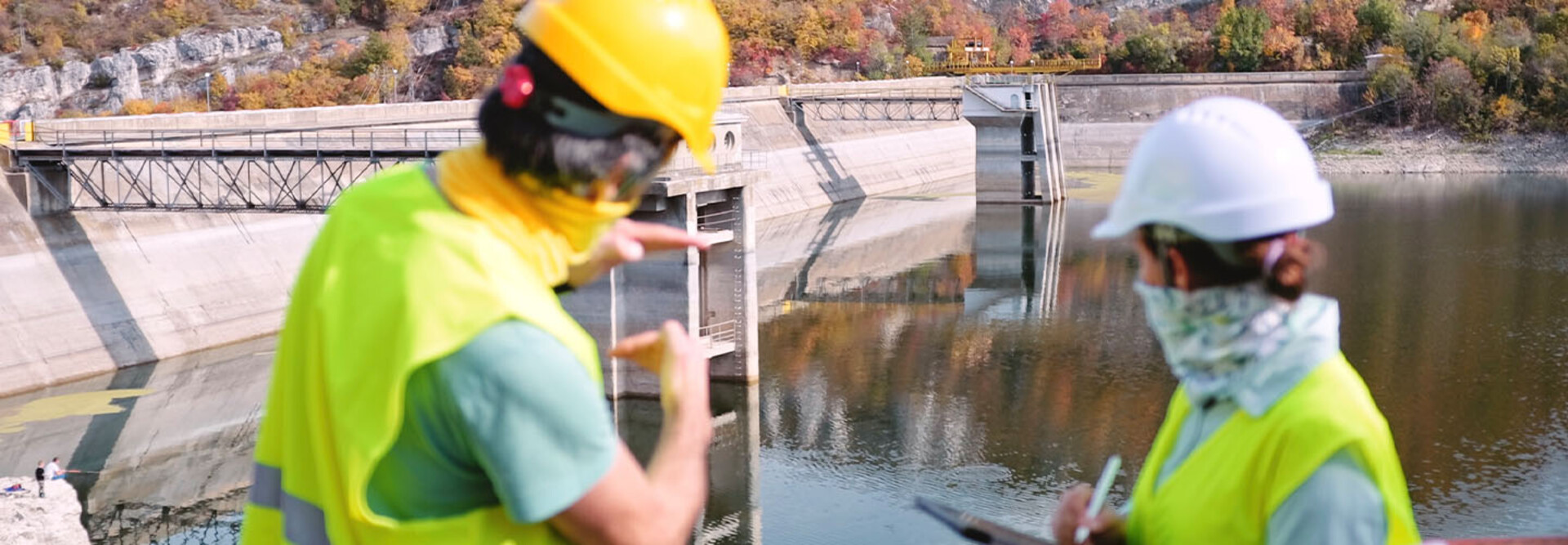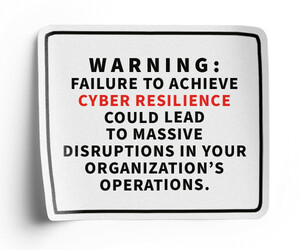1. Adopt a Cybersecurity Framework and Stick to It
“Pick a framework that you can understand, such as one from the National Institute of Standards and Technology or CISA, and read it 10 times,” said Schene Groom, cybersecurity and infrastructure manager at LB Water Service.
NIST’s guidance, for instance, advises organizations on how to position themselves to identify risks, protect against cyberattacks, detect them, respond to them accordingly and quickly recover from them.
Small water systems, especially those with 50 or fewer employees, will likely need to augment their understanding of cybersecurity frameworks with expertise from third parties.
“If you don’t understand the framework, don’t just throw your hands up,” Groom said, “Engage your resellers and partners who have the staff to help with this.”
RELATED: What security services are available to utilities?
2. Secure Workstations, Data and Networks, or Work with an Expert
Small water systems — those serving fewer than 10,000 people — make up 95% of the nation’s community water systems, according to the EPA.
Most of the water utilities inspected by the EPA since September 2023 are out of compliance with the requirements of the Safe Drinking Water Act. Many were found to be using one login for multiple employees and failing to revoke access to former employees.
This partly stems from a lack of in-house security knowledge and expertise, said Groom, especially among smaller water systems. But it shouldn't preclude them from maintaining a stronger security posture.












